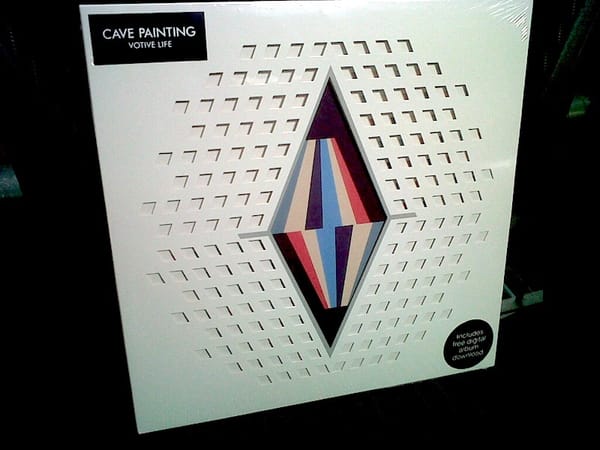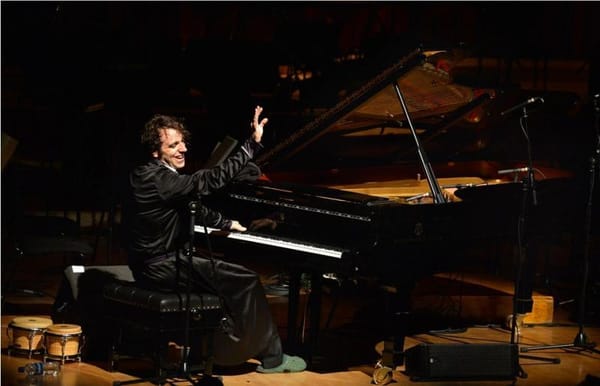Happy birthday, John Cage!
Íñigo Martinez de Rituerto is quiet for 4 minutes and 33 seconds.
4’33’’ of silence, in three parts, for one piano.
The performer goes on stage, sits at his piano and closes the keyboard. When it’s over, he gets up, bows and leaves.
Perhaps the most controversial piece of music ever written, John Cage’s 4’33’’ is not a comedy routine, but a call to listening. Invariantly, the longer the piece goes on, the more the audience gets frustrated and begins to make noise, disrupting the silence. The environment becomes the instrument.
He wasn’t looking for silence. He found it did not exist. In 1951, he stood in an anechoic chamber (a room with absolute acoustic isolation) to experience silence. Instead he heard two sounds, one high and one low – his nervous system and his blood circulation. “Until I die there will be sounds. And they will continue following my death. One need not fear about the future of music.”
Cage listened to the world. Chance operations were one of his favourite methods of composition. Whether throwing dice to determine what was played when, or using the I Ching (an ancient Chinese text used for divination), his musical ventures were often informed by Zen teachings he followed. In more deterministic works, he employed a variety of objects and techniques to make sound. Child of Tree is played on amplified cactus, using the plant as a resonating body. He also invented the prepared piano, by placing various objects between the strings, creating a curious medley of percussive sounds when the keys were struck.
What’s wonderful about his music is that it is timeless. His scores are open to interpretation, yet governed by chance. The principles translate to just about any facet of life.
It is his centenary this year and as a result there are innumerable performances of his work taking place everywhere (the next one is this Monday at Kings Place).
Last month, the Trinity Laban Conservatoire of Music and Dance in Greenwich held a one-day festival called Out of the Cage. Numerous performances were happening at once around the campus and the audience was encouraged to move between them. One man was cooking mushrooms (picking them was a passion of Cage’s) and serving them to passersby while he mic’ed up the pot and cutting board, running it through randomised effects. In another room, dance students interpreted random words chosen by the audience to the sound of prepared pianos. The night culminated in the courtyard, where four loudspeakers played four symphonic orchestras simultaneously. The quadruple-climax was the most immense musical moment I have ever experienced.
Before leaving, a song of Happy Birthday. The rules were: sing every syllable until you are out of breath. Stop when you feel that you should stop.
This Monday 12th Nov. Wire magazine will curate the 3rd Cage Rattling night at Kings Place.









